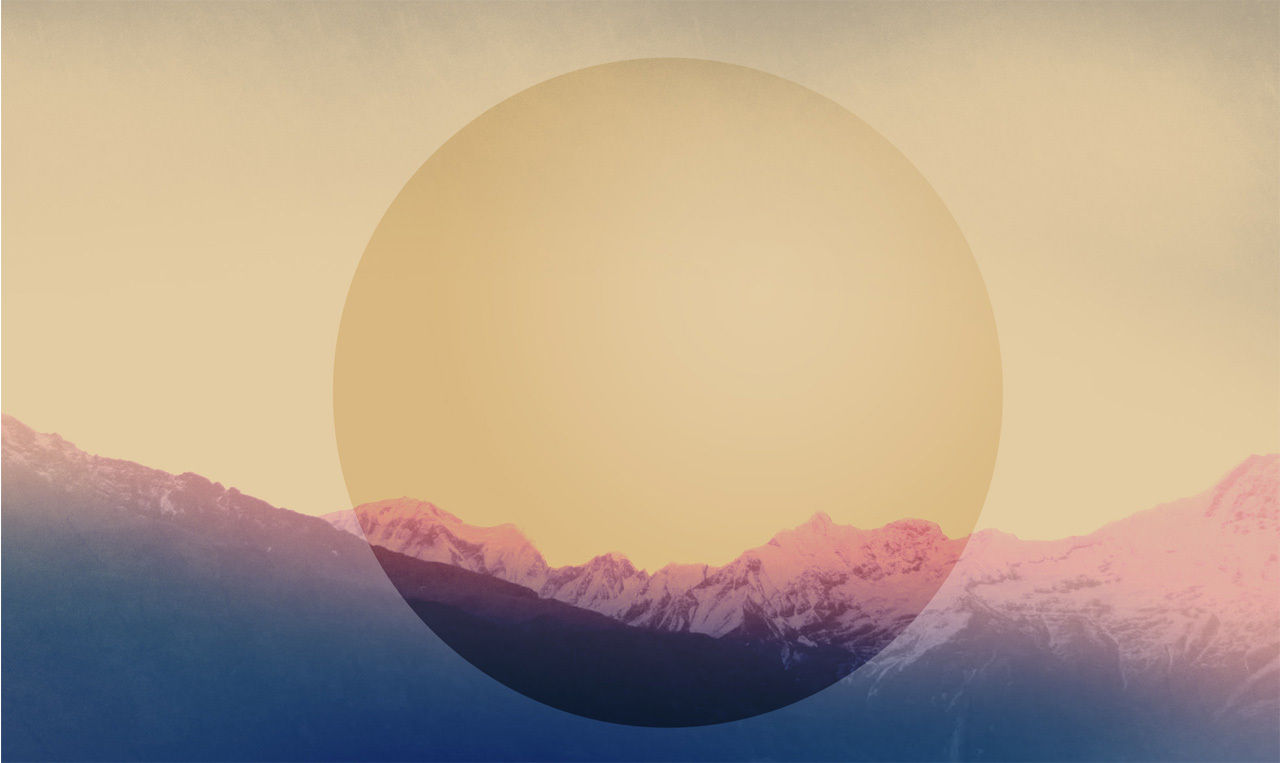Day 3 - A trip to Sleeping Warrior
- jennynewall
- Sep 7, 2014
- 4 min read
Split Crater (aka Sleeping Warrior) from the roadside, when the road was still pretty good!
Logistics, logistics, logistics….. an aspect of field work (and expeditions) which is always underestimated until you attempt to organise your own trip. Yet however much prep you do before going into the field something will always crop up that effects your plans. As such a good itinerary is a flexible one.On day 3 in the field we experienced this, due to a temporary issue with access to the crater, today’s work had to be completed outwith Menengai. But that was fine, there are a few things in the nearby area that we had hoped to get a look at. In particular was Split Crater (Sleeping Warrior), and so today we drove an hour south to Lake Elementaita and spent our time on this dormant volcano.
Split Crater gets its name from there being a large fault cutting through the middle of it. And this is why we wanted to go there; understanding the interaction between volcanoes and tectonic structures -such as a fault- is vital for producing an accurate conceptual model. At Menengai such relations are covered by lava so it is very difficult to study them. This isn’t the case at Split Crater- you can see it all (at least that is what we thought) …..plus it looks pretty cool too! The drive there treated us to sightings of gazelle, antelope and lots and lots of zebra and a nice change in scenery and vegetation – lots of cacti!It was a longer journey than anticipated due to the deteriorating road quality as we turned off the main Nakuru-Nairobi road; it’s like off-roading on a ‘road’, great fun but I do feel for the vehicle!

Some of the many Zebra we saw on the drive up to Sleeping Warrior
We eventually arrived at Split Crater (locally named Sleeping Warrior) to be informed we need guides to take us up and into the crater because the danger of buffalo. Phillip and Geoffrey took us on a great walk through the crater, and told us all about the wildlife, vegetation (in particular the medicinal uses by the Masai), and some Masai folklore.
They didn’t know much about the geology and were full of questions to us. The views were spectacular and we got up close and personal to a large fault.

Standing in the fault which cuts right through the crater (you can see it in the crater wall behind me too!)
As you can see from the top picture of this blog shows, the fault is a normal fault with the land to the left having been downthrown.
From the top we could see both flanks of the main rift and LOTS of faulting within the floor of the rift – all of which was N-S trending. For me this was the first time I’d seen such clear, and recent faulting and it was all very exciting - the geek in me certainly came out!
Unfortunately we couldn’t collect some of the measurements we had hoped to due to the fault surfaces being incredibly weathered, destroying structures such as slicks. That said, one of the most interesting- and definitely unexpected- things we observed was some sedimentary rocks showing cross bedding and layers of shells. Cross bedding is depostition of sediments in flow (water or wind - in this case water). It can be seen on any scale. And in the pictures below you can see that cross bedding can vary on any scale to, changes in the bedding represent changes in flow regime.


The sedimentary rocks we found. The shells were concentrated within the thin pale layers. Cross bedding is highlighted in bottom pic. We think that the red line may actually be an unconformity - where there is a break in deposition (and likely erosion of the beds below the line) before the beds above the line are deposited.
We spent some time taking measurements and studying this. From our observations we concluded that at some point (before rifting, and the formation of the volcano) this was a lake environment, with fluctuating water level such that at times it was at the shore and a delta was building up. Every now and again a flash flood deposited the larger, rounded boulders in the conglomerate. This interpretation was supported by the local knowledge that in ancient times the three lakes in the area were one big lake, and the intrusion of the volcanoes (due to rifting) diverted waters into the three lakes that exist today. We were also treated to the Masai folklore behind the name Sleeping Warrior. There are a couple of legends as to the name. One was that young Masai boys would steal livestock and hide with their stolen herd in the crater. As it was a brave thing to do these boys were called warriors. The other was a story that the crater was where they would gather the young Masai boys for their circumcision. Many years ago the cut was made wrong for one boy and he bled to death. But in Masai Mara culture a boy never dies – he is just sleeping. Others say the name comes from the fact that the crater resembles a face with the highest point being the nose…. I can sure see that. Can you? Travelling home we heard the tragic news of the tourist bus crash at Narok. Thoughts are with those involved and their families. Kwaheri (Goodbye)


Comments